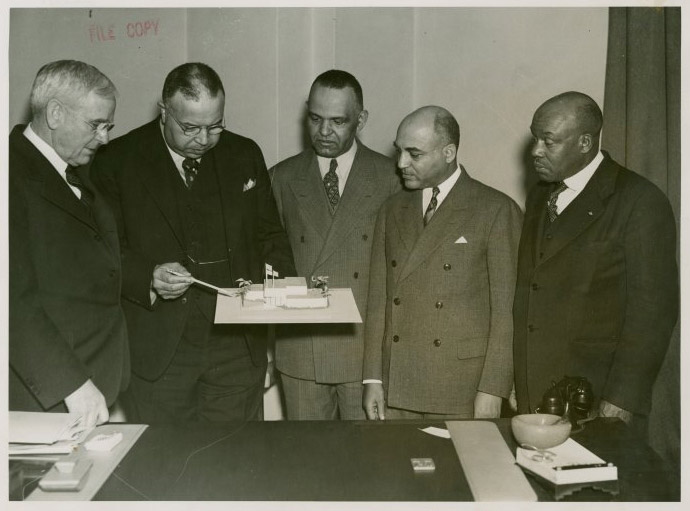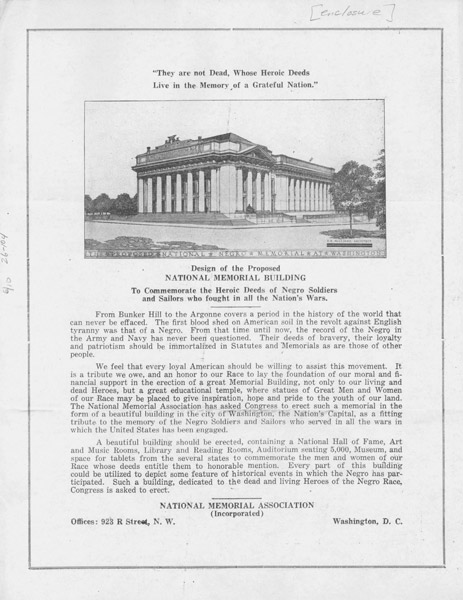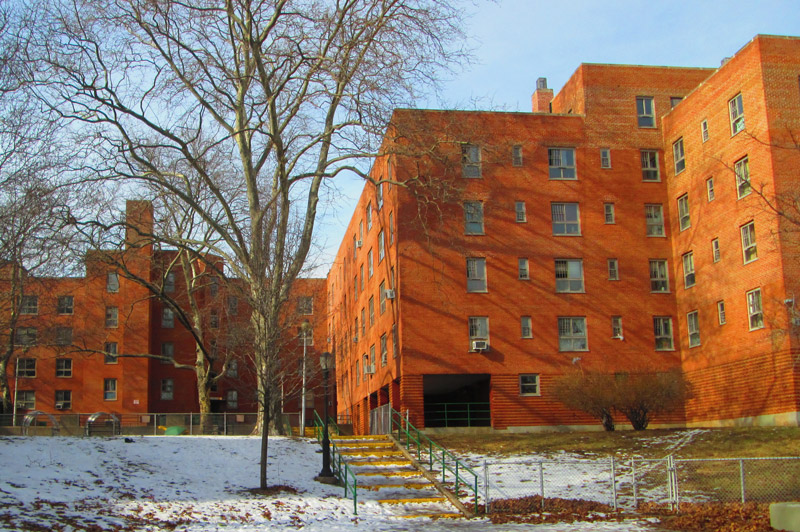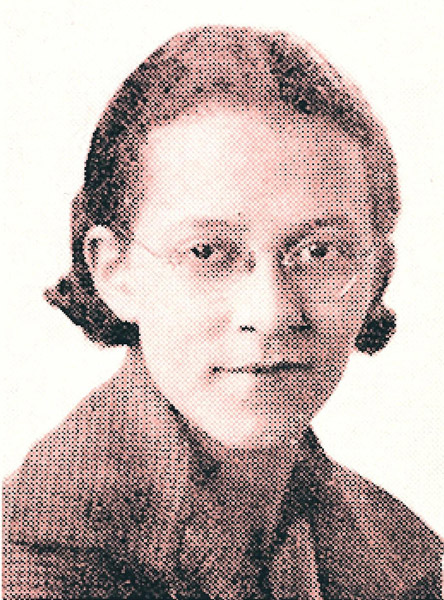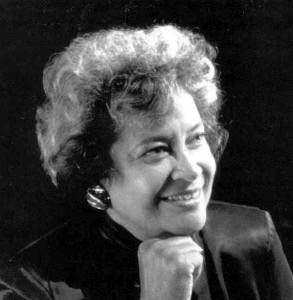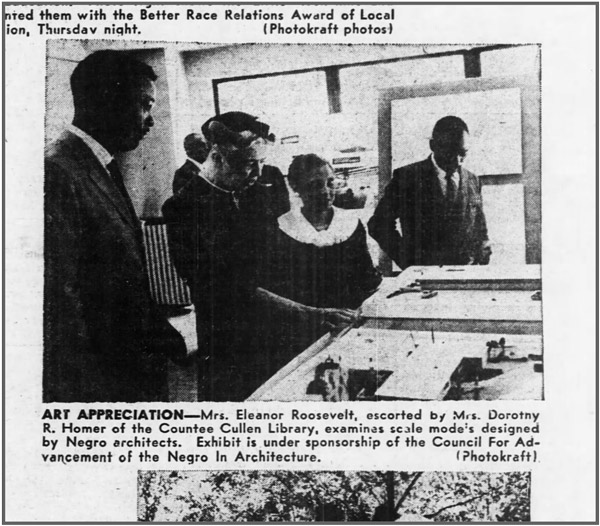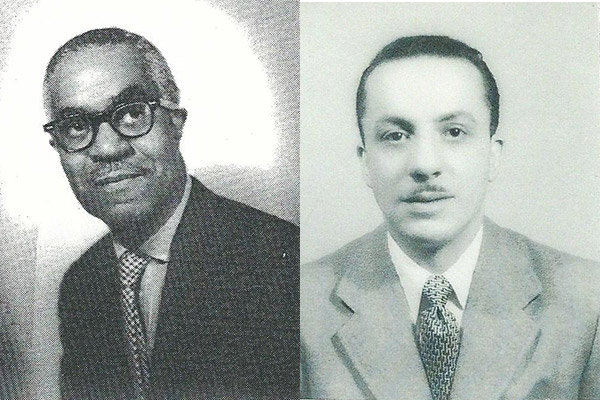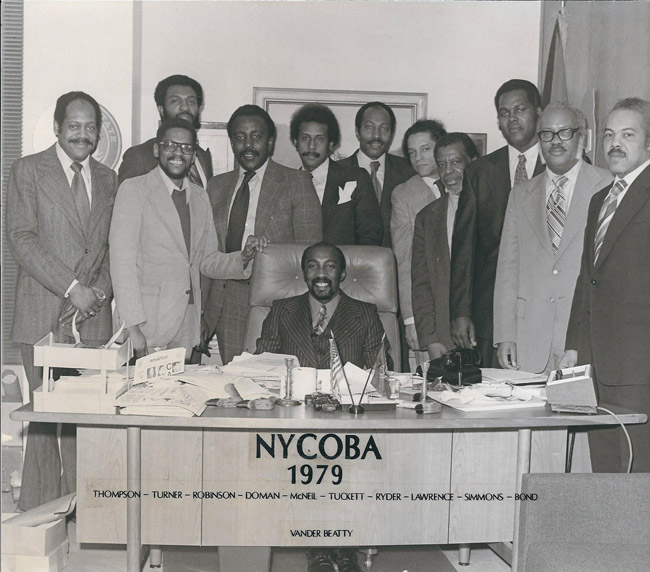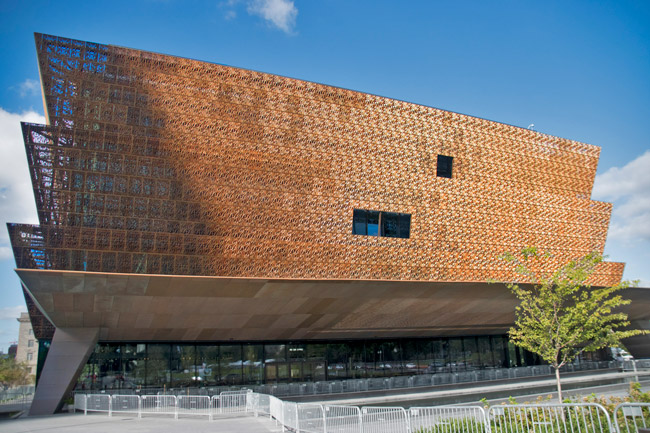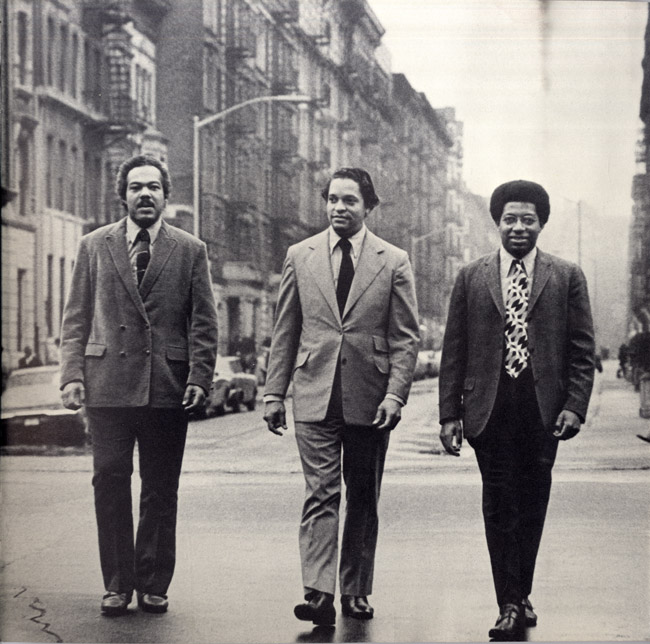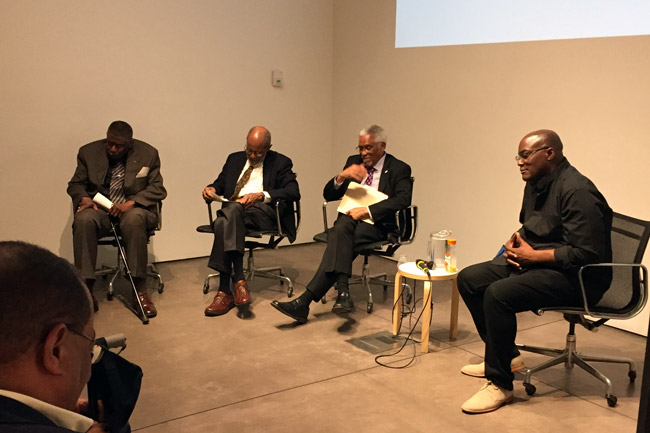by Roberta Washington
Opened in conjunction with Black History Month, SAY IT LOUD: Distinguished Black Designers of NYCOBA | NOMA puts the spotlight on architects and allied professionals of color, as well as their rarely recognized impacts on the architecture and design fields and the community at large. Among the 20 architects, designers and students honored with project photography, quotes, and video interviews, Roberta Washington, FAIA, NOMA, Principal, Roberta Washington Architects, has contributed a timeline of the history of black architects in New York, which we’ve reproduced below.
On view through April 1, 2017, the exhibition itself has been organized in collaboration with the New York Chapter of the National Organization of Minority Architects (NYCOBA | NOMA); curated by Pascale Sablan, AIA, NOMA, LEED AP, 2015-2016 President of NYCOBA | NOMA; designed by Manuel Miranda Practice; and supported by FXFOWLE.
1857
The American Institute of Architects is founded by 13 white male architects in New York City.
1861
Massachusetts Institute of Technology founded. It is the first university in the United States to offer courses in architecture starting in 1868.
1861-1865
Civil War results in official end to slavery in the United States.
1875
A free man, Calvin Brent, starts an architecture practice in Washington, DC. It is the first successful architecture practice by a black man in the United States.
1897-1901
Wallace Rayfield attends Pratt Institute and Columbia University. During his career, he designed over 350 buildings in 20 states.
1905
John Lankford, Washington, DC’s first licensed black architect, gives a major talk about black architects in New York City.
1907
The New York Times publishes an article announcing the selection of E.R. Williams, ‘a colored architect,’ as the architect of a new department store for black New Yorkers.

Vertner W. Tandy presents a model at the 1939 New York World’s Fair. Credit: Public Domain.
1908
Vertner W. Tandy opens an architectural firm in New York City with another black architect, George Washington Foster, Jr.

St. Phillip’s Church, 1911. Credit: Beyond My Ken, via Wikimedia Commons.
1911
Tandy and Foster complete first major architectural project in New York, the St. Phillip’s Church in Harlem.
1915
Architectural licensing comes to New York State. George Washington Foster, Jr. and Vertner W. Tandy become first licensed black architects in 1916 and 1917, respectively.

Design of the proposed national memorial building, ca. 1926. Credit: National Memorial Association. W. E. B. Du Bois Papers (MS 312). Special Collections and University Archives, University of Massachusetts Amherst Libraries.
1926
E.R. Williams selected to design an African Museum at the Washington, DC Mall. It is the first design for such a museum and is never built.

Harlem River Houses, 1935. Credit: By Beyond My Ken, via Wikimedia Commons,
2014.
1935
Tandy protégée John Louis Wilson selected by the newly-formed New York City Housing Authority to be one of seven architects on the design team for the Harlem River Houses Project, one of the first NYC housing projects funded by the Federal government.
1944
Buffalo Architect John E. Brent, the son of Washington, DC-based architect Calvin Brent, becomes the first black AIA member in New York State.

Beverly L. Greene, circa 1936. Credit: University of Illinois at Champaign-Urbana Archives.
1944-1957
Beverly Greene, the nation’s first black female architect (1942), moves to New York City and works for Edward Durrell Stone and Marcel Breuer.
1953-1964
John L. Wilson starts Council for the Advancement of the Negro in Architecture (CANA). He later rolls into AIA New York, creating the Equal Opportunity Committee.

Norma Sklarek, date unknown. Credit: Public domain.
1954-1960
Norma M. Sklarek becomes the first black woman licensed as an architect in New York State. She is employed at SOM, among other firms.
1956
Black architects and offices proliferate. Exhibition of work by black architects opens in Harlem.

Eleanor Roosevelt visits exhibit of work by black architects, 1958. Credit: The New York Age.
1958
A second exhibition of black architects is sponsored by the Architectural League of New York and AIA New York. It is attended by Eleanor Roosevelt.

Partners Ifill and Johnson, circa 1962. Credit: Collection of Roberta Washington.
1962-1974
Harlem childhood friends Percy Ifill and Conrad Johnson run a 30-person architectural firm, Ifill Johnson Hanchard, from West 45th Street.

Robert T. Coles, FAIA, 2008. Credit: Coles Family.
1963-2010
Robert Traynham Coles runs a successful architecture practice from Buffalo, NY. He designs buildings in Buffalo, New York City, and Washington, DC. Became the first black Chancellor of the College of Fellows in 1994.
1964-1972
Advocacy planning spreads in New York. The Architect’s Renewal Committee in Harlem (ARCH) and Real Great Society are two groups supported by Max Bond, Arthur Symes, Harry Quinta and other black and Hispanic architects.

Max Bond, Don Ryder and John James, circa 1969. Credit: Courtesy of Davis Brody Bond.
1969-1990
In 1969 J. Max Bond and Don Ryder founded an architectural practice that lasted 21 years. In 1990 Bond Ryder Associates merged with David Brody & Associates to become Davis Brody Bond.
1971
After attending an AIA Convention in Detroit, 12 African American architects met to discuss the idea for a national organization to fight for the advancement of minorities in the profession. The National Organization of Minority Architects (NOMA) was formed.
1975
To fight racial discrimination in obtaining municipal projects, fifteen representatives of black architecture firms in New York formed the New York Coalition of Black Architects (NYCOBA). In 1995, NYCOBA became the New York Chapter of NOMA.

Jack Travis (far right) moderates a panel at the Center for Architecture with architect Percy Griffin, architect, planner Art Symes, and architect Frank Turner. Credit: Center for Architecture.
1985-1991
Jack Travis establishes his practice in 1985 and expresses his interest in the intersection of black culture and design culture. In 1991, Travis’ book African American Architects in Current Practice was published.

Marshall Purnell, FAIA, becomes the first black president of the AIA, 2008. Credit: Center for Architecture.
2008
Marshall Purnell becomes the first black President of the American Institute of Architects.

National Museum of African American History and Culture, 2016. Credit: Ron Cogswell.
2008-2016
Max Bond of Davis Brody Bond assembles the winning team for the National Museum of African American History and Culture on the DC Mall. The team includes David Adjaye and Phil Freelon. The National Museum of African American History and Culture opens.
